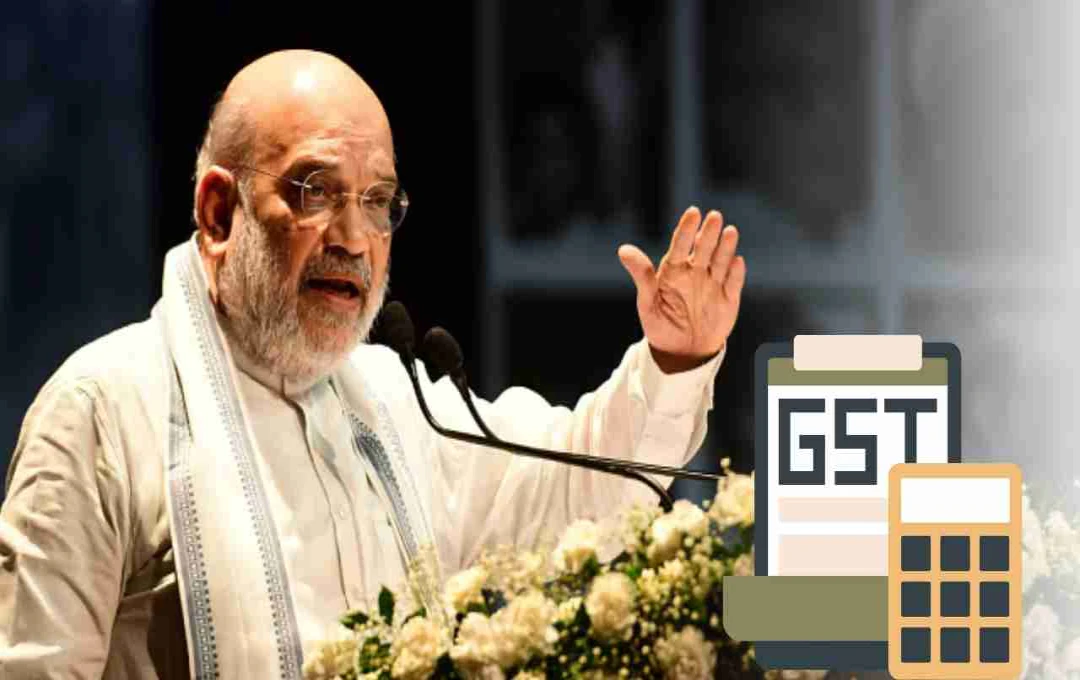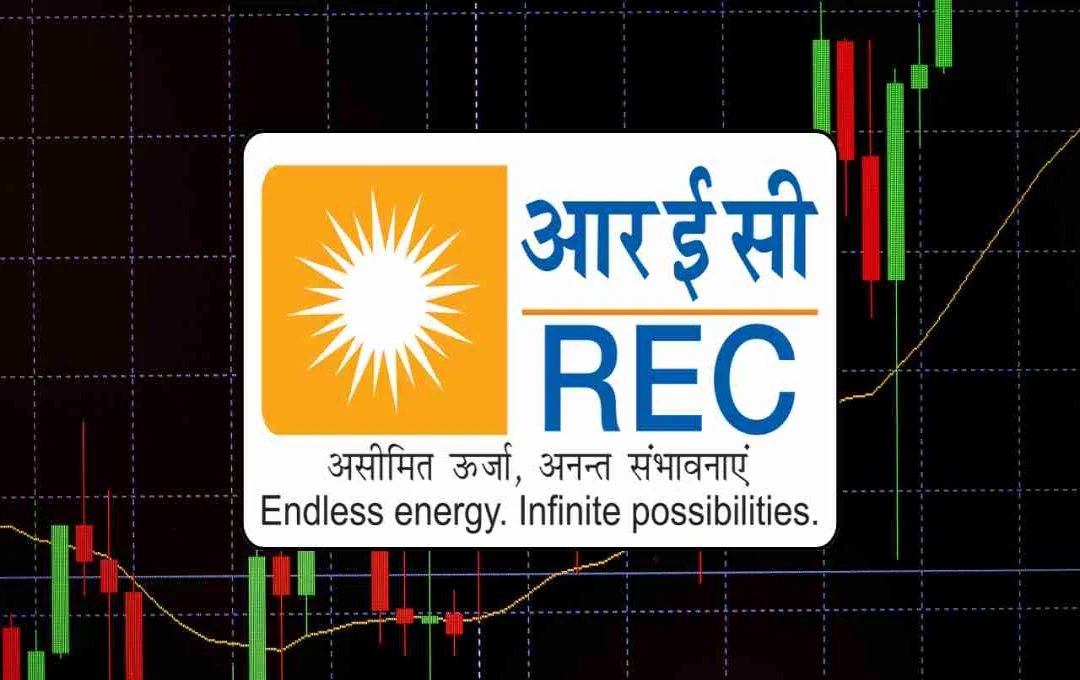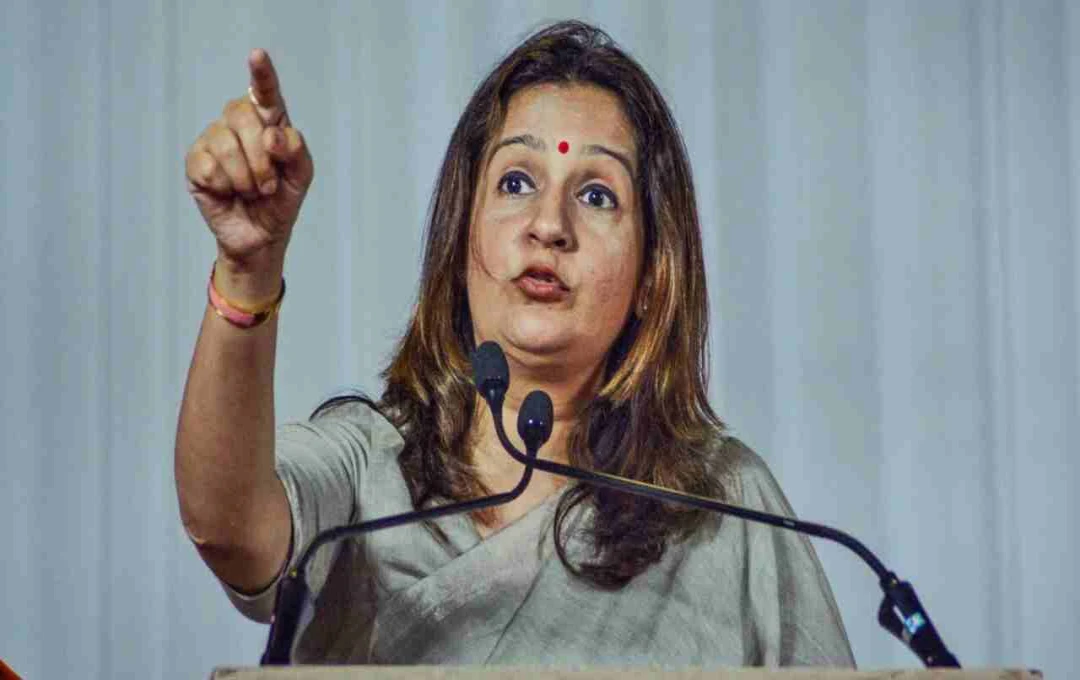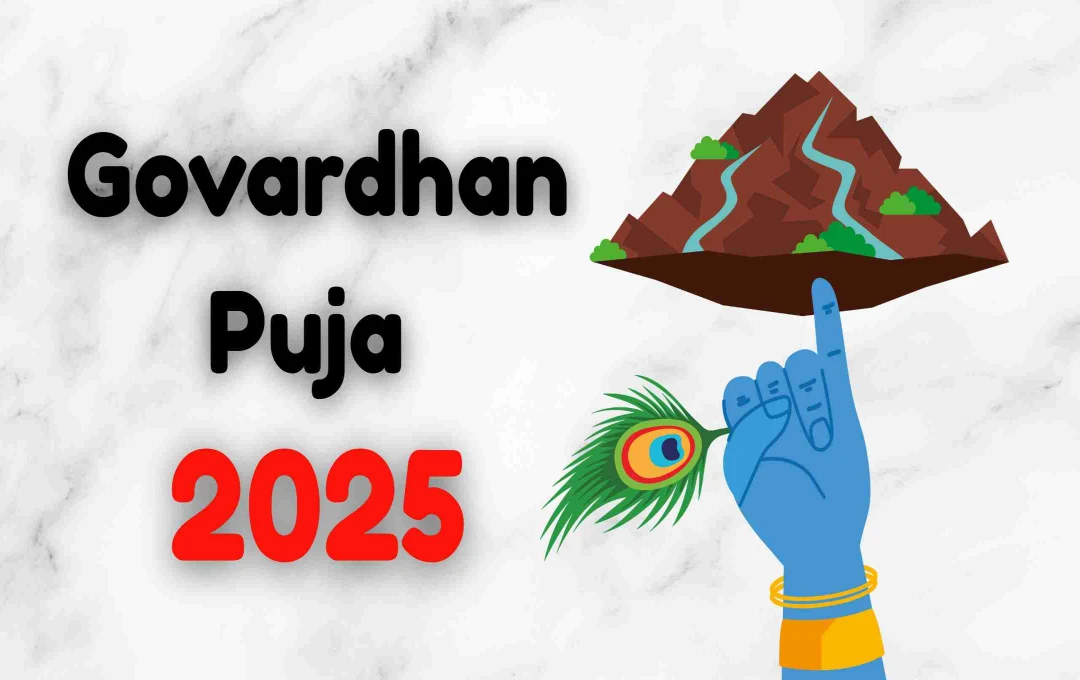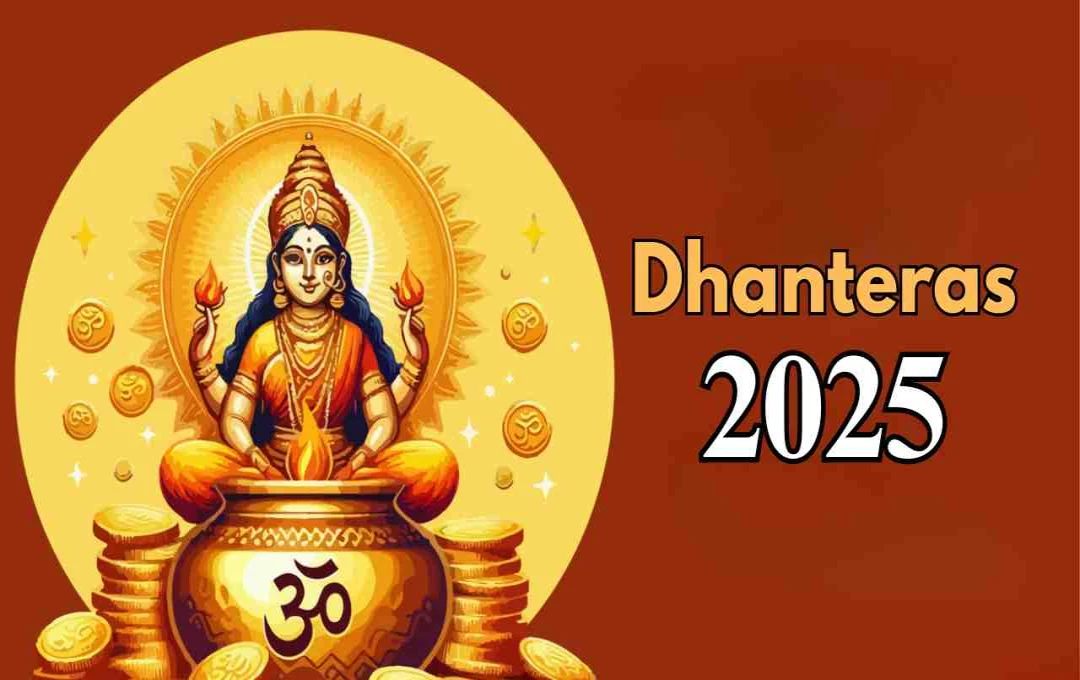Discussions regarding a significant move concerning Goods and Services Tax (GST) in the country have once again intensified. Reports suggest that Union Home Minister Amit Shah will now personally engage in discussions with states and relevant central ministries regarding proposed changes to the GST system. Last week, Shah had extensive discussions on this subject with teams from the Finance Ministry as well.
Sources indicate that the primary objective of this initiative is to simplify disputed tax slabs across the country and make the GST system more transparent and uniform.
Will the 12 percent slab be removed?
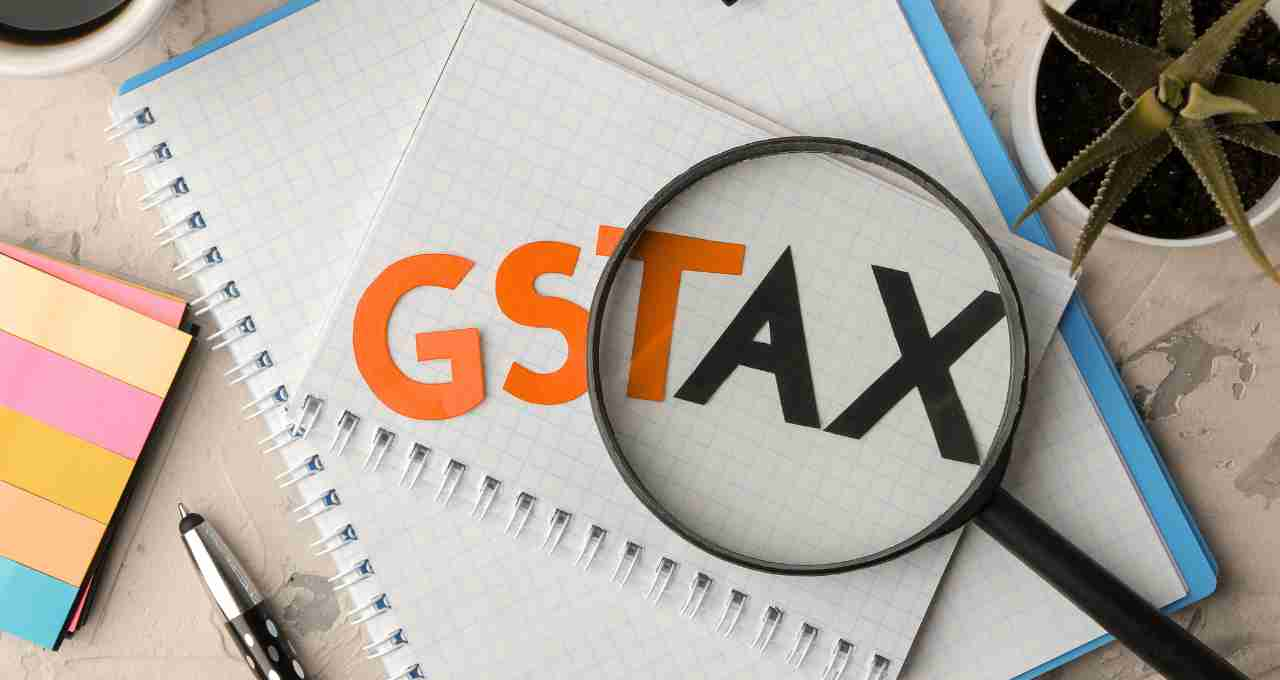
The most crucial discussion revolves around eliminating the 12 percent GST slab. According to a report by The Indian Express, the government is considering removing this slab and placing goods in either the 5 percent or 18 percent slab. This proposal has been brought up several times before, but it was shelved due to the lack of consensus among the states.
The central government is now formulating a new strategy to build consensus on this issue. If this decision is made, it will bring about a significant change in the existing tax system.
How much will the revenue loss be?
According to sources, if the 12 percent slab is removed, the central and state governments could face an annual revenue loss of ₹70,000 crore to ₹80,000 crore. This is the reason why extensive discussions are deemed necessary before implementing this change.
Government data indicates that the 12 percent slab contributes approximately 5 to 6 percent to the total GST collection. Furthermore, the highest revenue – approximately 70 to 75 percent – comes from the 18 percent slab.
Insurance sector also in debate
In this ongoing debate on GST rates, the insurance sector has also come into focus. Two states governed by the opposition have demanded that the 18 percent GST levied on life and health insurance premiums be reduced to 5 percent. Some states have even demanded complete tax exemption, i.e., zero-rating.
This issue was raised in the 55th meeting of the GST Council held in December 2024, but it was postponed at that time. Now, with the restructuring of rates being discussed again, a significant decision on the insurance sector could be made.
How many slabs since 2017?
Currently, there are five main GST slabs in effect in the country – 0 percent, 5 percent, 12 percent, 18 percent, and 28 percent. Additionally, a cess is levied on some goods, which is specifically applicable to luxury and harmful goods.
When implementing GST, the government had envisioned gradually simplifying the tax structure and creating a limited number of slabs. However, over the years, this has proven difficult due to the demands of the states, revenue pressures, and complexities in various sectors.
States' consensus remains a challenge
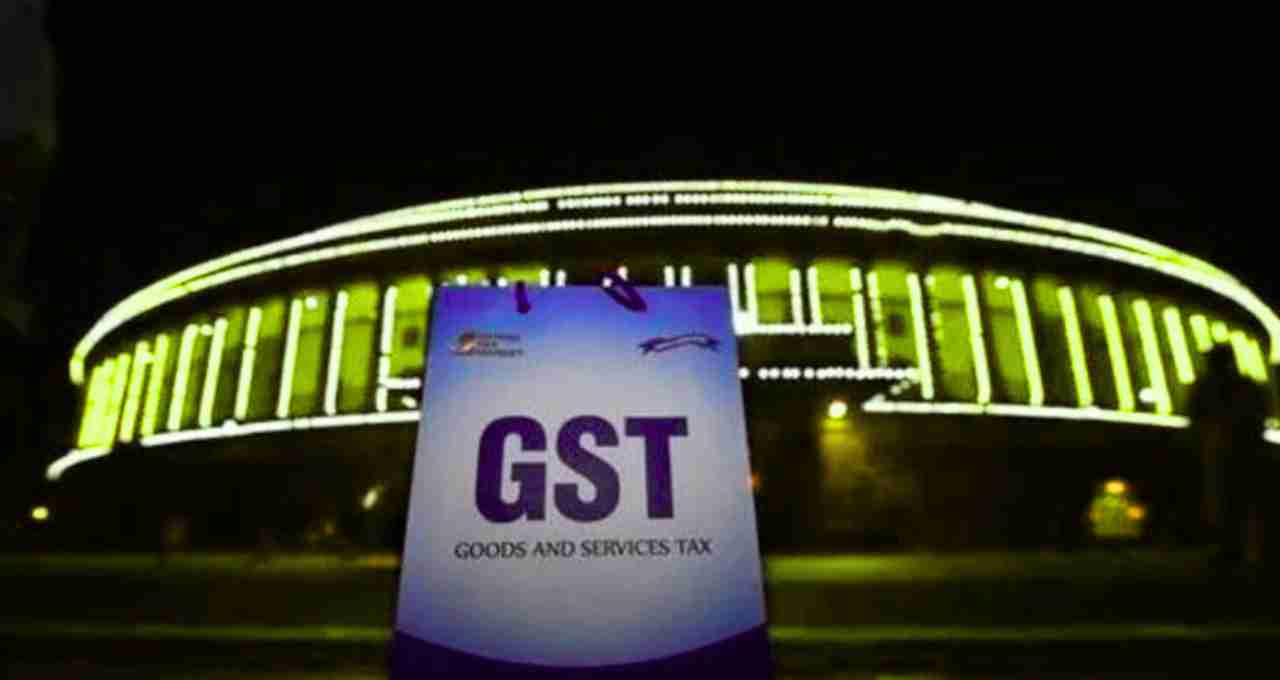
Discussions on rates have been ongoing in every meeting of the GST Council, but no major decision has been made so far due to the lack of consensus among the states. Sources say that now, under the leadership of Amit Shah, an attempt will be made to bring all states together to move towards a decisive change.
According to a senior official, "It is not possible to implement any rate changes without the consent of the states, especially when the decision directly affects revenue."
What changes are possible?
Experts believe that if the 12 percent slab is removed, taxes on many everyday consumer goods could increase. At the same time, some goods may become cheaper by coming under the 5 percent tax bracket. This decision will entirely depend on which goods are placed in which category.
Moreover, there are demands for changes in tax rates in sectors like health insurance, education services, and house rent. The GST Council will now have to adopt a broader approach and balance the rate structure.
Before implementing this entire change, more than one GST Council meeting will be required. Additionally, obtaining the approval of the states will also be necessary. The process is complex, but sources say that this time the center is seriously moving forward with the restructuring of rates.
Amit Shah's intervention is being seen as a decisive turning point in the history of the GST system. If consensus is reached with the states, the GST structure could be completely changed in the next few months.
